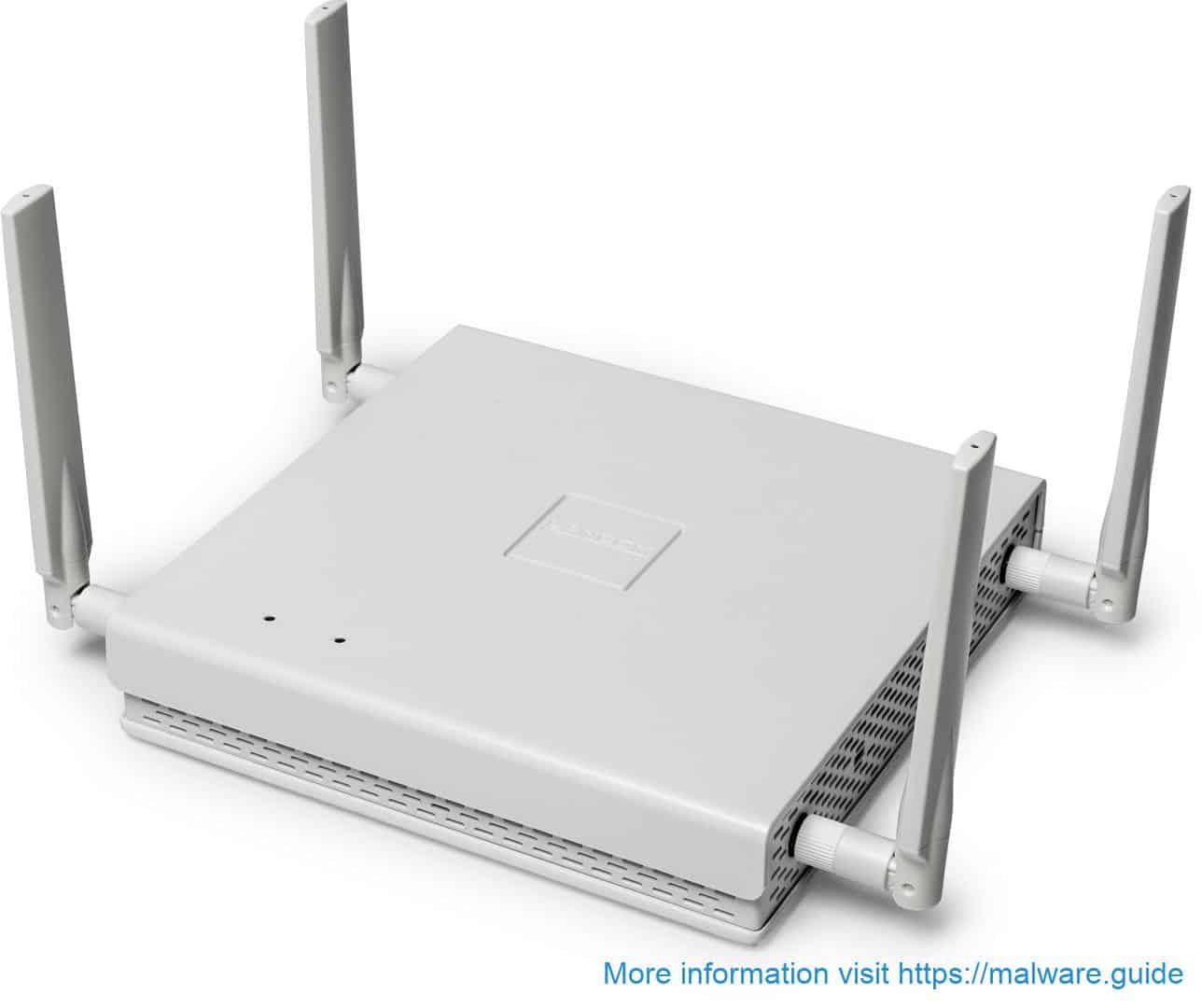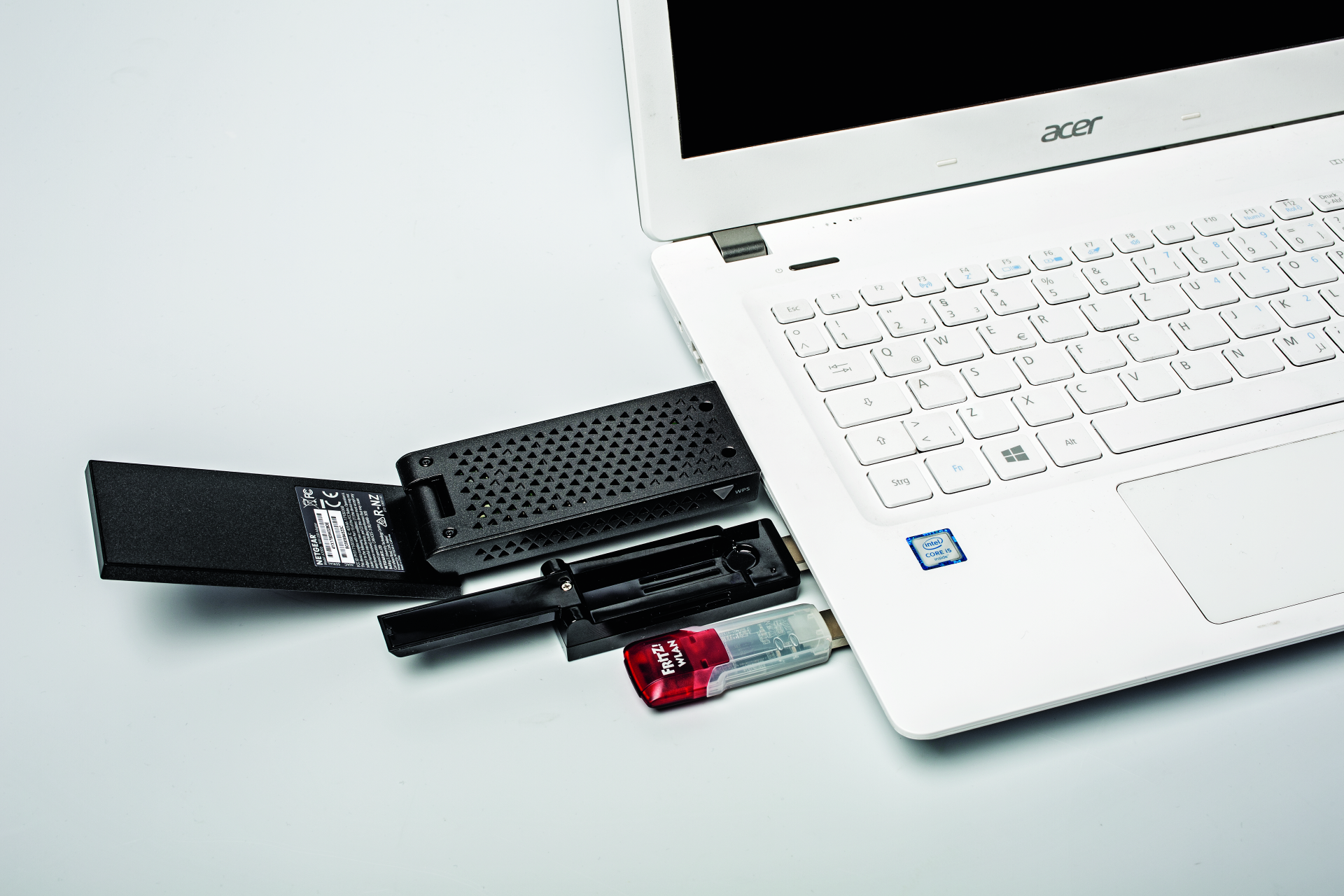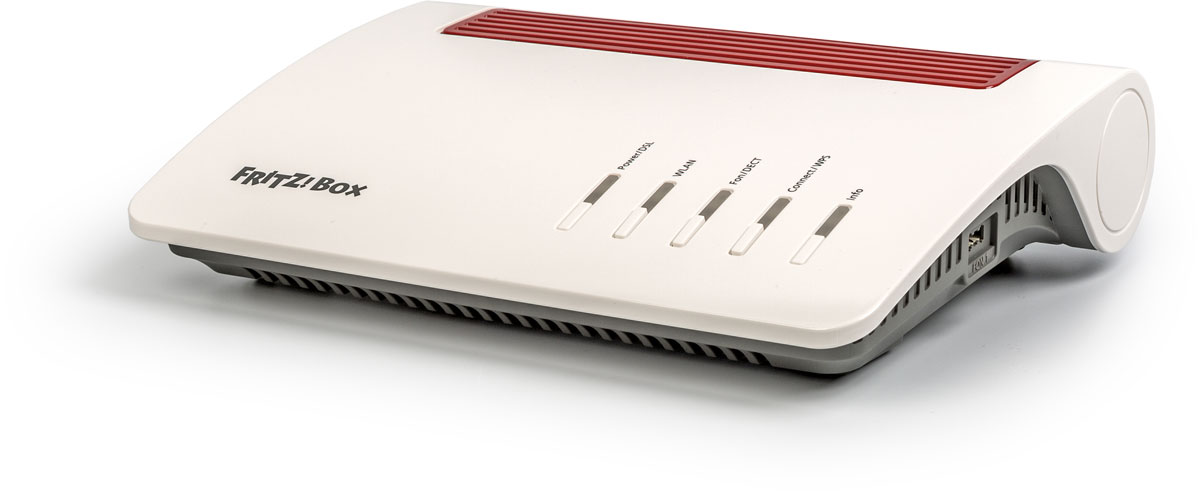Do you have WiFi problems such as poor range or very slow WiFi? Fixing your WiFi problems can sometimes be done with simple (free) solutions.
If you give WiFi problems, it can have all kinds of causes. Maybe it’s not even your WiFi, but your provider, such as KPN or Ziggo, or your neighbors.
You can test your Wi-Fi and try to fix problems with several solutions. But first it is good to see if it is the WiFi.

With WiFi problems, you have to look further than just the router.
Check your internet connection
If your internet connection is slow or unstable, your WiFi will also have problems. You can check your internet connection in several ways:
- Run speed tests on a PC or laptop connected to your router with a network cable.
You can do this in your browser via, for example, speedtest.net or speedof.me. Compare whether the measured speed is correct with your subscription. If the test reports a very high ping/latency (>100 ms) this may indicate a bad connection. - Use the built-in test function or check the status information of your router.
For example, with a KPN Experia Box you log in to http://192.168.2.254/ and check the data under status/DSL status. For a Fritz!Box, go to http://fritz.box and check the information under Internet/DSL Information/DSL. If you see a much too low speed/throughput or a high number of errors (CRC), your connection is not OK.
Let the provider check your connection if you find any problems, sometimes they can fix it on their end.
If your internet connection is OK, but the Wi-Fi is malfunctioning or has poor range, you can try other solutions.
Problems on a single device?
Before you check everything, make sure that the WiFi problems only occur with that one smartphone or laptop and that other WiFi devices in the house are working properly. Maybe only your iPhone or only your laptop doesn’t have good WiFi, and other devices in the house do.
In that case, you can look for specific solutions for that one device (for example solutions from Apple or Samsung, or from Sony for WiFi on your PlayStation).
It is also possible that the device in question uses a much older (and therefore slower/worse) Wi-Fi standard than the rest. For example, if you still have an old laptop with Wi-Fi 3 (802.11g), you can get a lot of improvement with an external WiFi adapter with Wi-Fi 4 (802.11n) or higher and turning off the built-in WiFi. Upgrading (or replacing) the problem device can improve your entire Wi-Fi network, because the weakest link can also slow down the rest.

With a USB WiFi adapter you can improve the WiFi connection of a laptop.
Simple adjustments for WiFi problems
One of the simplest solutions to improve the range is to move or reposition your WiFi router. For optimal range, your router should:
- do not place close to walls or ceilings,
- do not place near other sources of (radio) waves, such as a baby monitor, microwave or DECT telephone,
- do not place close to metal obstacles or liquid containers (radiator, aquarium),
- if possible, place it at a centrally located point in your home,
- certainly do not place in a closed cupboard (such as the meter cupboard).
If you don’t like such a black router full of flashing LEDs in the living room, there are also more subtle (white) versions and you can switch off the LEDs on some routers or make them light up less brightly. Thanks to the free choice of router in the Netherlands, you can use a different router than that of your provider.

Aim antenna
The position of the antenna can also affect the Wi-Fi connection. If your router, laptop or other device has no visible external antenna(s), they are built-in.
A small twist of, for example, your laptop or laptop lid (which often contains the antenna) can already make a difference. You can tilt or turn external antennas a bit and see if the connection improves.
Keep in mind that in line with a standard omni-directional antenna (above/below) the signal is usually the least good. This effect is especially noticeable with antennas with a longer range (high dBi value). Turning a router on its side or laying it down can make a significant difference to the range.
But even with optimal placement and position of the antennas, a single WiFi router can be too little for your home. In that case, you can extend the Wi-Fi range (see below).
Adjust WiFi settings
What can help with WiFi problems is adjusting settings on the router and/or devices on which WiFi does not work properly. But adjusting WiFi settings on your router can, for example, improve your smartphone, but worsen it for your laptop (especially if laptop and smartphone support different WiFi versions).
Only adjust one setting at a time and test it first and always make a backup of the settings on your router first so that you can restore them. KPN has omitted the option to make a backup or restore in the web interface of the Experia Box. It is present on other routers, such as a Fritz!Box under System/Backup (see instructions). Sometimes you can also find the backup option in the manufacturer’s smartphone app.
For example, you can change the channel width, disable compatibility with old Wi-Fi versions and much more. Do not blindly adjust settings, but check them in advance. Router manufacturers often provide a lot of information in the manual, the app, the web interface of the router and on their own website, such as FRITZ! (from the Fritz!Box routers).
Manually setting a different Wi-Fi channel is often mentioned as a solution, but usually routers (including those of your neighbors) automatically try to choose the best channel and change it regularly. Then you may only benefit briefly from your manual channel selection.
Extend WiFi range
If you have several floors or a large surface area, a single WiFi router may simply not be enough. Stone walls and ceilings in your home (and any pipes that run through them) interfere with the Wi-Fi signal, so you may have poor coverage in other rooms or floors.
In that case, you can extend the Wi-Fi range in various ways, for example with:
- a wireless wifi repeater that relays the signal from the router,
- an additional access point that is, for example, wired or connected to the router via the electricity network (Powerline)
If necessary, you can use several, for example one on each floor. In that case, the best solution is a mesh system, where router, repeater(s) and access point(s) communicate together to provide all devices with the best WiFi connection.
You can purchase a separate mesh system that you hang behind the router, but some routers can later be expanded into a mesh system.
Wi-Fi troubleshooting – conclusion and more info
Wifi problems are annoying, especially because your tablet, smart TV, smart doorbell and more and more other devices can only access the internet via WiFi. But if you have problems with your WiFi, you don’t have to immediately change everything.
Try to rule out causes step by step and first see if simple solutions – such as relocating the router – offer a solution. If none of that works, you can always purchase a WiFi repeater or other hardware.